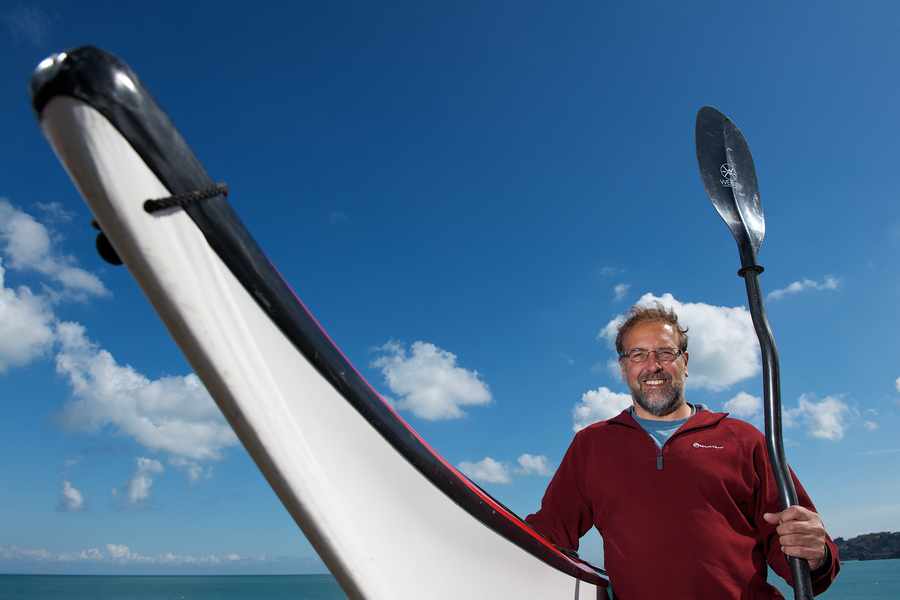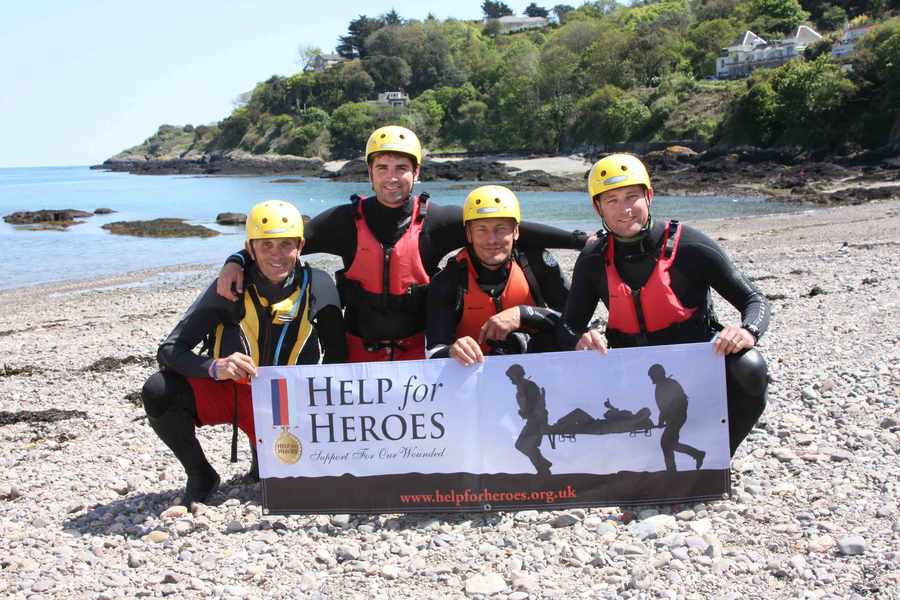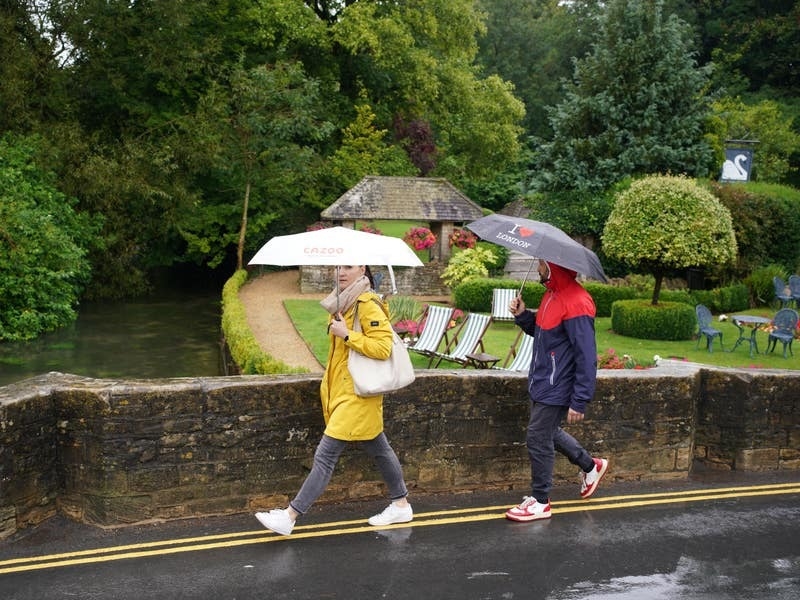RNLI lifeguards, specialist Fire and Rescue Service crews and paramedics were called to the scene to the west of the bay at around 4 pm after the girl fell from rocks while coasteering with a friend.
Today Michael Baudains, station commander for the Fire and Rescue Service, said the girl was ‘very lucky’ not to have suffered a more serious injury and warned Islanders that it ‘only takes one slip’ for disaster to occur.
This morning the teenager was in a ‘stable and comfortable’ condition in hospital.
RNLI lifeguards were first on the scene after the accident and loaded the teenager onto a rescue board before she was fitted with a neck brace. The Fire and Rescue Service’s inshore rescue boat and rope team, who specialise in cliff-side emergencies, arrived at around 4 pm. They then transferred the casualty back to St Brelade’s Bay where paramedics were waiting on shore.
Mr Baudains said Islanders must ensure they take the necessary safety precautions before they go out.

‘I think that she is a very lucky person. It looks like they have been swimming and decided to climb up the rocks and she has lost her footing and fallen. It only takes one slip,’ he said.
‘If you look at the height she has fallen from she is very lucky. The point we need to get out is that people must ensure they’re safe, they must check the tides and wear the correct equipment.’
Kevin Mansell, a kayaking instructor who has established a safety guide for coasteering, said accidents are very rare in Jersey and added that as long as Islanders take precautions they should not be put off from enjoying the coastline.
‘Jersey’s coastline is superb and we should be encouraging people to go out and enjoy it. No matter what you do there is a risk, people just need to take precautions.’
The Fire and Rescue Service said Islanders taking part in coasteering must ensure they go with someone else, let a person know where they are going and what time they are due back and wear the correct safety equipment.

It is generally accepted that jumping with an organised group led by trained instructors is a safer alternative than going it alone.
One good option is coasteering, a mix of scrambling, climbing, traversing and cliff jumping around the coast with a professional guide.
There are a number of companies in Jersey that offer coasteering, including Pure Adventure.
Their senior instructor is Peter Picot, who has many years’ experience and was recently part of a group who became the first people to successfully ‘coasteer’ around the entire coast of Jersey to raise money for the charity Help for Heroes.
He said: ‘We have all jumped off piers and rocks as kids, but I think the most important thing is that if you are going to go and do that sort of thing you need to know the area. Don’t jump into the unknown. ‘
The currents can be very strong, and the swell is a factor that people don’t often take into account.
‘People underestimate the power of the water and something like even a small swell can make it difficult to get out of the water safely.
‘Coasteering is the best option. Only go with people who know what they are doing and know the area well, who can make an assessment as they go – the sea can change very, very quickly.’
He added: ‘We have got insurance, there are risk assessments, we know the areas really well and we have walked them at various stages of the tide so we are aware of all the issues surrounding an area.
‘We went round the whole Island for the first time and that was eight months in the planning. We did lots of training, both physical and looking at the areas we were going to be using, and we had lots of procedures in place like safety boats. We don’t use safety boats with normal groups, because wherever we go we always have a way out – that is the important thing.
‘Generally we use two venues, because we know them really, really well and we have been running activities there for a number of years. ‘We have a 100 per cent safety record and we have taken everyone from kids of about nine to people in their early 70s.
‘We make sure that when we go with people they receive a full safety briefing and have all the safety equipment, like a helmet, buoyancy aid, full wet suit and trainers. ‘The instructors all have additional safety equipment like communications and safety lines. ‘We would stress to people when we take them out that they only jump when and if they want to, we don’t make anybody jump if they don’t want to and there are always options to lower yourself into the water or do a smaller jump.






